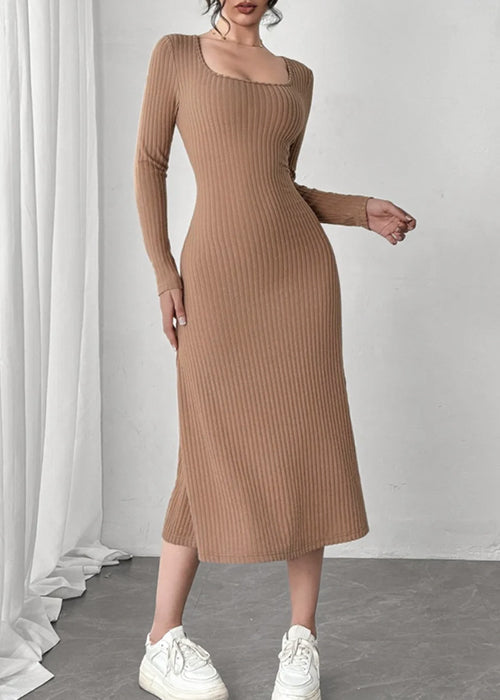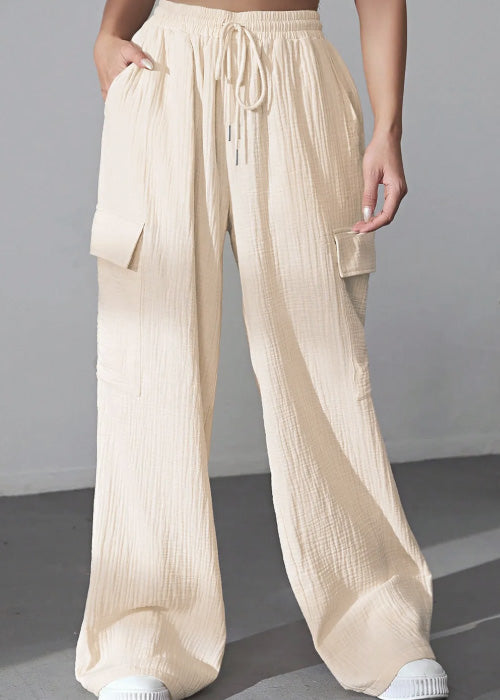Acrylic fabric, often mistaken for wool due to its soft texture and warm feel, is a popular synthetic material celebrated for its durability and vibrant color retention. Unlike natural fibers, acrylic offers bright and long-lasting hues, making it a favorite for crafting warm accessories and garments like sweaters, hats, and gloves.
In this article, we’ll explore everything about acrylic fabric — its origins, production process, properties, advantages, disadvantages, and care tips. Whether you’re new to acrylic or looking to deepen your understanding, this guide is packed with essential information!
What is Acrylic Fabric?
Acrylic is a synthetic, lightweight fabric made from polyacrylonitrile fibers. It goes by several other names, including Orlon, Redon, Krlor, and Itron. While these technical names might sound complicated, they all refer to the same durable material that mimics wool.
Developed in the 1940s by DuPont in the United States, acrylic began as an experimental fiber named Orlon. However, Orlon's difficulty in absorbing dyes led to further innovation, resulting in the creation of acrylic fabric in 1952. This updated version retained the best features of Orlon while being easier to dye.
Today, acrylic can be found in both pure form and blends with natural fibers like wool, cotton, and polyester, enhancing its functionality and extending its applications.
How is Acrylic Fabric Made?
The production of acrylic fabric involves a complex chemical process that starts with natural gas. This process includes:
- Extraction of Raw Materials: Key components such as acetylene and hydrogen cyanide are derived from natural gas.
- Polymerization: These chemicals undergo reactions to form polyacrylonitrile.
- Fiber Formation: The resulting polymer is spun into continuous filaments, creating smooth, durable fibers.
- Staple Fiber Cutting: To mimic the texture of wool, these fibers are cut into smaller pieces called staples, which give acrylic its characteristic soft and wool-like appearance.
The result is a fabric that combines smoothness, durability, and adaptability, ideal for a wide range of uses.
Properties of Acrylic Fabric
Acrylic’s unique features make it a standout option for modern clothing and textiles:
- Soft and Lightweight: Acrylic mimics the comfort and feel of natural wool without its weight.
- Warmth Retention: Its low thermal conductivity ensures excellent insulation in colder weather.
- Durability: Acrylic resists wear and tear, maintaining its shape and texture over time.
- Color Vibrancy: Acrylic fibers absorb dyes effectively, resulting in bright and fade-resistant colors.
- Wrinkle Resistance: The fabric retains its shape and smoothness even after extended wear.
- Moisture Wicking: It dries quickly and doesn’t absorb water easily, making it practical for winter wear.
- Hypoallergenic: Unlike wool, acrylic is unlikely to cause allergic reactions, making it suitable for sensitive skin.
Uses of Acrylic Fabric
Acrylic fabric is incredibly versatile, with applications in fashion, home décor, and more:
- Clothing: Acrylic is used in sweaters, scarves, hats, gloves, and dresses. Blended versions combine acrylic with natural fibers for added comfort and durability.
- Accessories: Its vibrant color retention makes it ideal for bold, statement-making accessories.
- Home Textiles: Acrylic is commonly found in upholstery, carpets, and curtains due to its durability and resistance to sunlight and stains.
- Outdoor Gear: Acrylic’s weather-resistant properties make it suitable for outdoor use in banners, awnings, and covers.
Advantages of Acrylic Fabric
- Warm and Comfortable: Perfect for cold weather clothing and accessories.
- Affordable Alternative to Wool: Offers a similar look and feel at a fraction of the cost.
- Easy Maintenance: Resists wrinkles and is easy to clean, withstanding multiple washes.
- Resistant to Pests: Acrylic doesn’t attract moths or dust mites.
- Bright Colors: The fabric retains vibrant hues even after repeated washes.
Disadvantages of Acrylic Fabric
- Low Breathability: Limited air circulation can cause discomfort in warmer climates.
- Pilling: Prolonged wear may result in the formation of small fabric balls on the surface.
- Static Electricity: Acrylic is prone to static buildup, requiring the use of anti-static sprays.
- Heat Sensitivity: Overexposure to heat or sunlight can make acrylic stiff and less comfortable.
- Environmental Concerns: As a synthetic material, acrylic is not biodegradable and poses environmental challenges.
Caring for Acrylic Clothing
Acrylic fabric is durable but requires proper care to maintain its appearance and longevity:
- Washing: Use lukewarm water (below 30°C) and a gentle detergent. Handwashing is recommended to avoid stretching.
- Drying: Air-dry flat on a clean surface. Avoid direct sunlight to prevent stiffening.
- Ironing: Acrylic rarely wrinkles, but if needed, use the lowest heat setting and place a cloth between the fabric and the iron.
- Storage: Store in a cool, dry place away from direct light.
Is Acrylic Fabric Natural?
Despite its wool-like appearance, acrylic is entirely synthetic. It is produced through chemical processes involving natural gas and does not originate from any natural fibers. However, its texture and functionality often rival those of natural materials like wool.
Fun Facts About Acrylic Fabric
- Acrylic is often called “artificial wool” due to its similarity in appearance and texture.
- It was originally marketed as a competitor to nylon in the 1940s.
- The name "Acrylic" comes from the Greek word "akros," meaning "sharp" or "pointed," reflecting its chemical properties.
- Acrylic is commonly used in sportswear because of its moisture-wicking abilities.
- It’s a favorite for knitters, as acrylic yarns are vibrant, durable, and budget-friendly.
Sustainability of Acrylic Fabric
The production of acrylic relies on petroleum-based products, raising environmental concerns. However, advancements in recycling technology are helping to mitigate these impacts. Supporting brands that prioritize sustainable acrylic blends is a step toward eco-friendly choices.
Final Thoughts
Acrylic fabric’s affordability, versatility, and durability make it a popular choice in fashion and beyond. While it’s not a natural material, its innovative design allows it to rival wool in softness and warmth, offering a budget-friendly alternative for stylish and functional clothing.
Explore our collection of acrylic apparel and accessories, perfect for elevating your wardrobe with vibrant colors and cozy comfort. Shop now to experience the benefits of acrylic!






